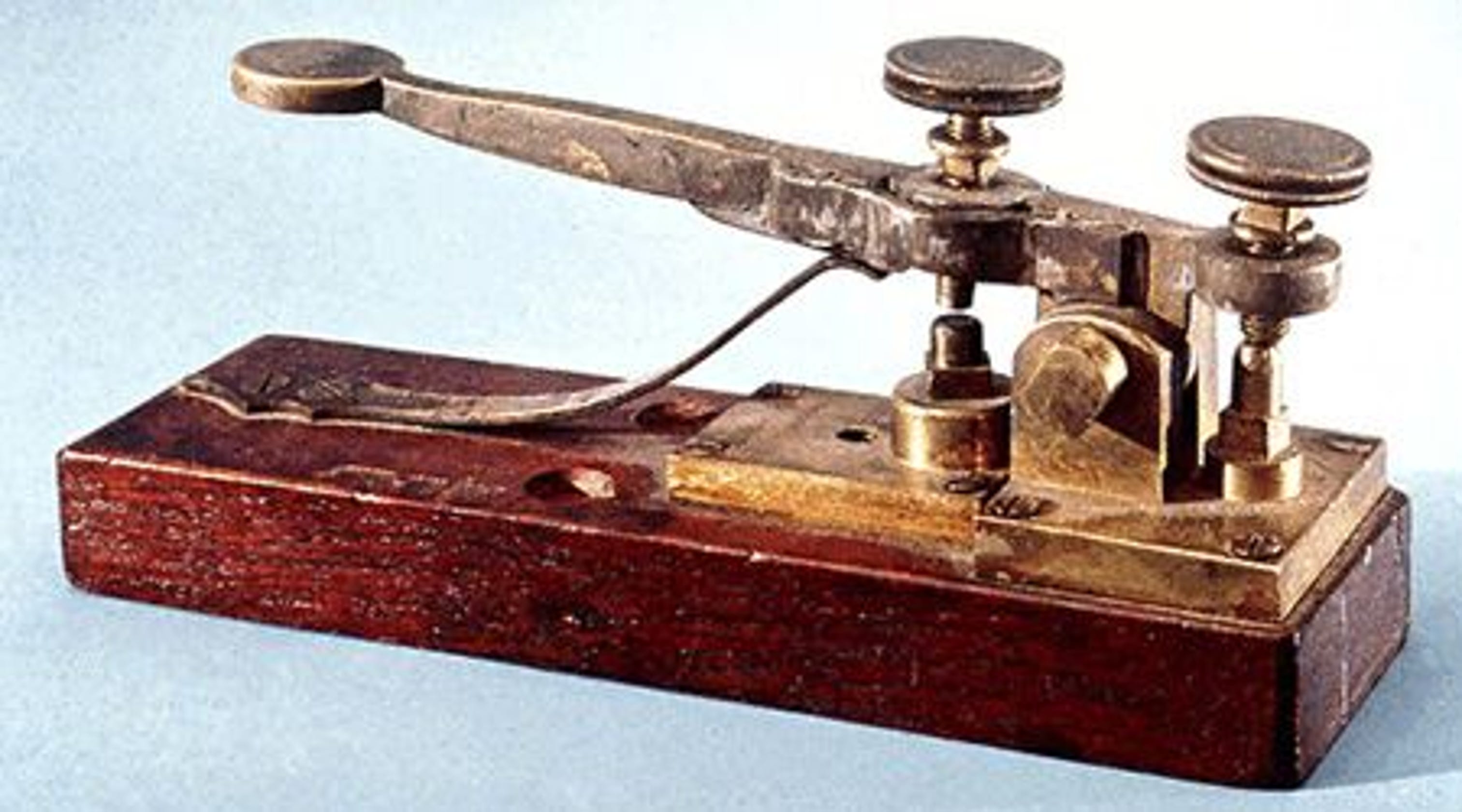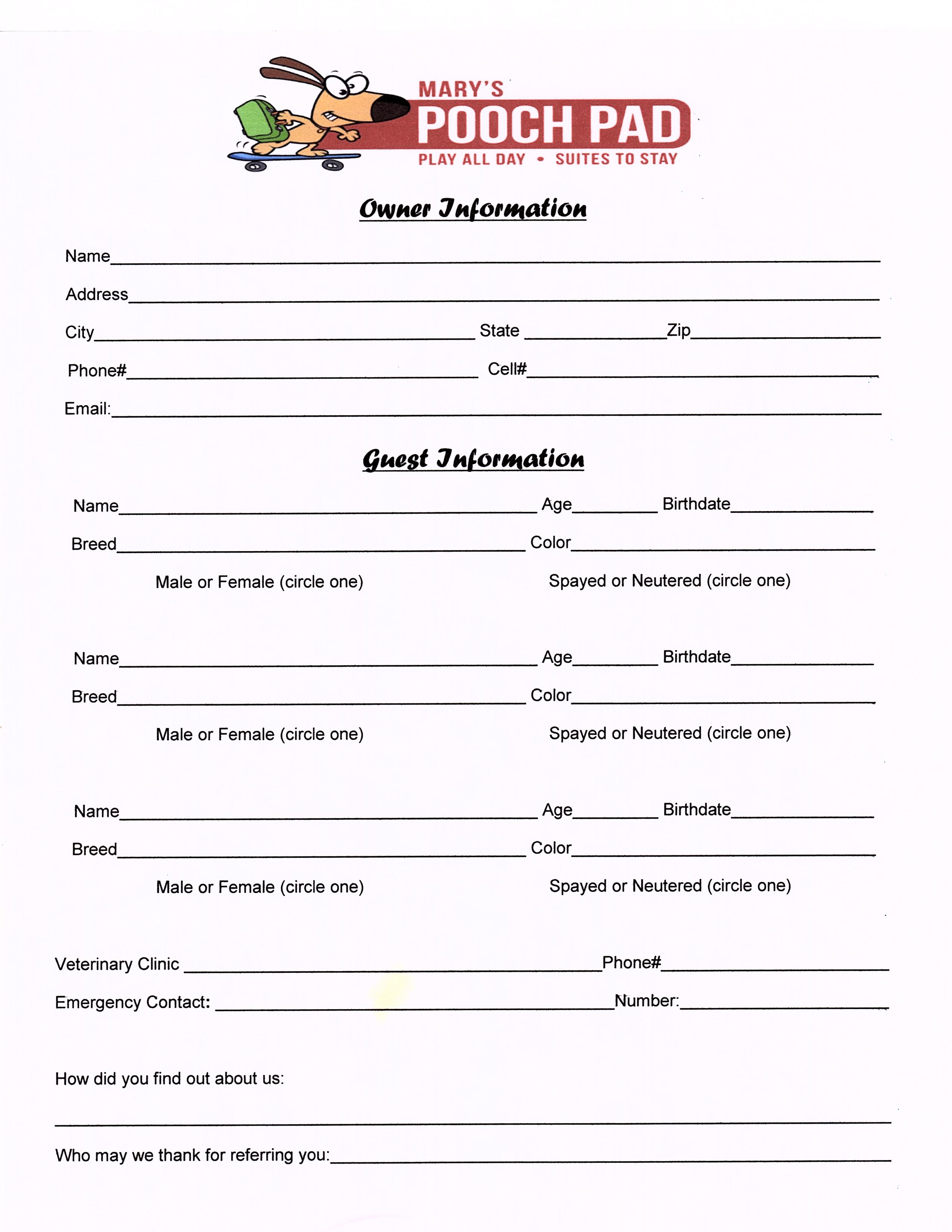5 Ways to Copyright Your Work: No Paperwork?

In the digital age, protecting your creative work is more crucial than ever. With the rise of online content theft, creators need effective methods to safeguard their intellectual property. Here are five innovative ways to copyright your work without extensive paperwork, ensuring your creative outputs remain yours.
1. Digital Watermarking

Digital watermarking involves embedding a hidden identifier within your work. This technique is particularly useful for digital media:
- Images: Use tools like Adobe Photoshop or specialized software such as Digimarc to insert watermarks into your photos or artwork.
- Music: Software like Fmod or Auphonic can help embed watermarks in audio files.
- Videos: Platforms like Vimeo allow for video watermarking before upload or distribution.
This method ensures that even if someone misappropriates your work, you can prove ownership through the watermark. However, choosing the right watermarking software is essential:
💡 Note: Ensure the software you choose offers good balance between visibility and security, as some watermarks can be easily removed with sophisticated software.
2. Online Copyright Registration

While we aim to minimize paperwork, some online tools have streamlined the process to the point where physical paperwork is hardly an issue:
- Copyright Office eCO System: The U.S. Copyright Office provides an electronic copyright office where you can file your work for copyright protection online.
- Third-Party Services: Websites like MyMusicRights or Copyrighted.com allow creators to register their works with minimal effort and often at a lower cost than traditional filing.
These platforms not only file the copyright for you but also provide digital certificates that can serve as evidence of ownership:
💡 Note: Always keep digital copies of any certificates or registration documents in a secure online storage for future reference.
3. Creative Commons Licensing

If full copyright seems too restrictive for your needs, Creative Commons licenses offer a more flexible approach:
- You can specify how others can use your work, for example, allowing non-commercial use or requiring attribution.
- Creative Commons licenses can be easily applied to your work online, offering a semi-automated copyright solution.
Here’s how you can apply a Creative Commons license:
| Step | Description |
|---|---|
| Visit | Go to the Creative Commons website. |
| Select License | Choose the appropriate license for your work’s intended use. |
| Embed | Follow the prompts to embed the license in your content. |

Using a Creative Commons license not only provides a form of copyright protection but also encourages sharing and collaboration:
💡 Note: Make sure you understand the implications of the license you choose. Some licenses might not provide the protection you expect if you want to commercialize your work later.
4. Timestamping with Blockchain

Blockchain technology provides an immutable timestamp for digital content, proving when and by whom a work was created:
- Proof of Existence: Services like Proof of Existence or OriginStamp allow you to upload a hash of your work, providing evidence of its existence at a specific time.
- Open Timestamps: This tool enables you to timestamp your work directly on the Bitcoin blockchain, ensuring a decentralized and verifiable record.
This method is particularly secure due to the nature of blockchain, making it almost impossible to alter or falsify the timestamp:
💡 Note: Blockchain solutions are ideal for proving creation date but might not legally suffice as copyright protection in all jurisdictions.
5. Publishing Your Work

Publishing your work can offer implicit copyright protection. Here’s how:
- Online Platforms: Posting your work on platforms like YouTube, Instagram, or blogs gives it a digital footprint, establishing your claim of ownership through date-stamped posts or publications.
- Self-Publishing: Platforms like Amazon Kindle Direct Publishing or Smashwords can help establish your ownership through dates of publication.
Make sure to:
- Include copyright notices within your work.
- Keep a record of all publication dates.
- Archive: Utilize services like the Internet Archive to provide further evidence of your work’s online presence.
💡 Note: While this method establishes ownership, for formal copyright registration, other methods might still be necessary.
In wrapping up, we've explored various ways to safeguard your intellectual property without drowning in paperwork. From digital watermarking to leveraging blockchain, the options are innovative and accessible. Remember, while these methods can establish ownership or control over how your work is used, they might not fully replace official copyright registration in all legal contexts. Nevertheless, they are effective first lines of defense in the digital age, offering creators peace of mind while promoting their work in a shareable and collaborative environment.
Is digital watermarking enough for copyright protection?

+
No, while digital watermarking can prove ownership, it’s not equivalent to official copyright registration. It serves as a deterrent and a means to track your work but does not guarantee legal protection in all cases.
Can I use Creative Commons licenses for commercial work?

+
Yes, you can choose a Creative Commons license that allows commercial use or one that does not, depending on your intentions for monetizing your work. However, make sure to read the license terms thoroughly.
How does blockchain timestamping help with copyright?

+
Blockchain timestamping provides an immutable record of when a piece of content was created. While it doesn’t automatically grant copyright, it can be used as evidence to prove the date of creation or publication in legal disputes.



